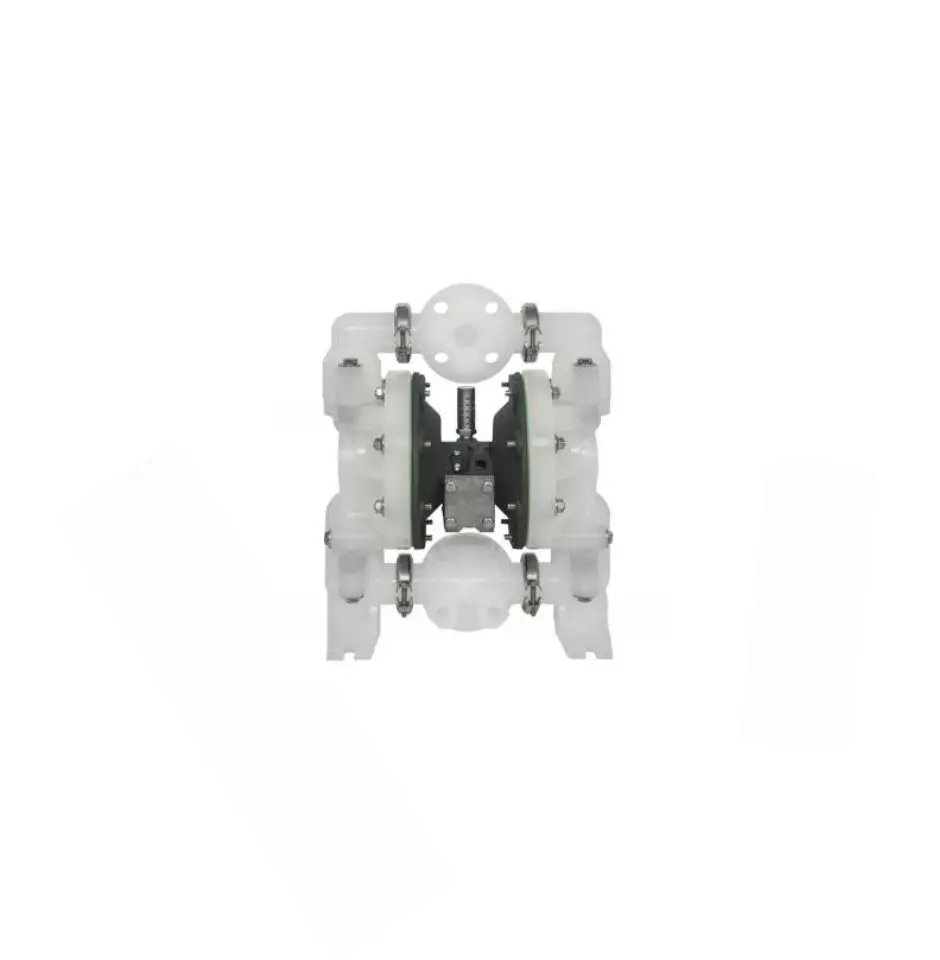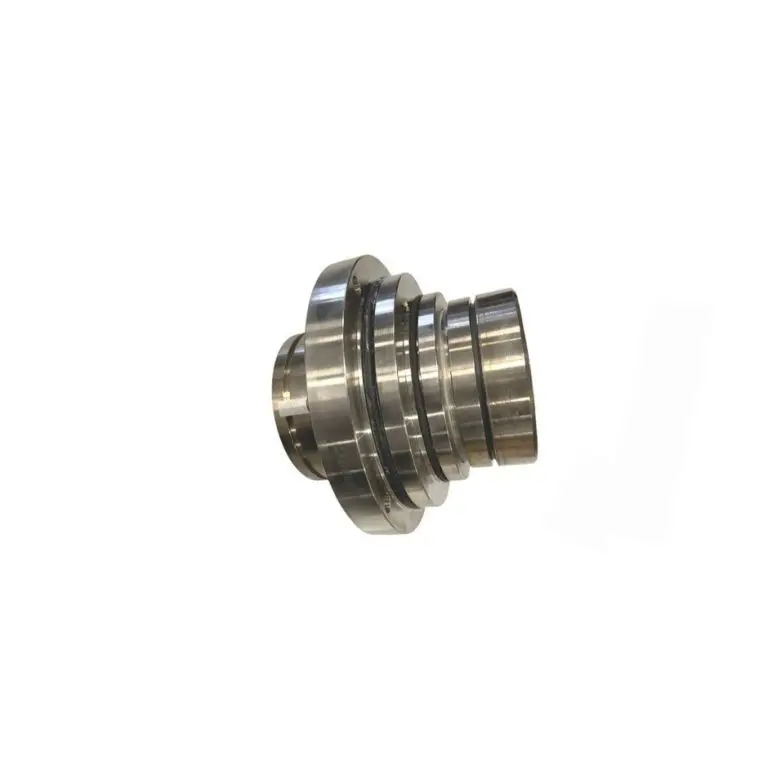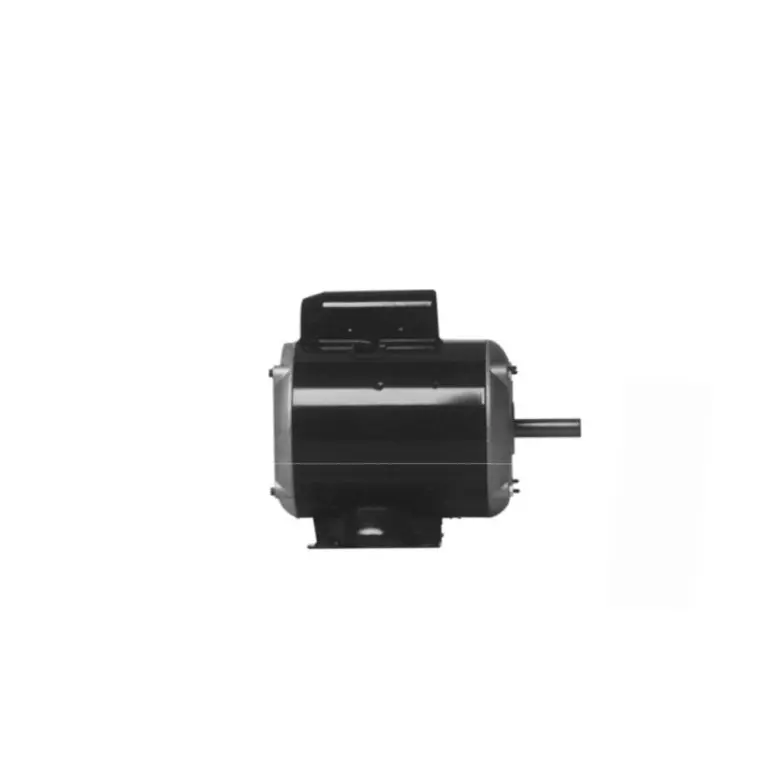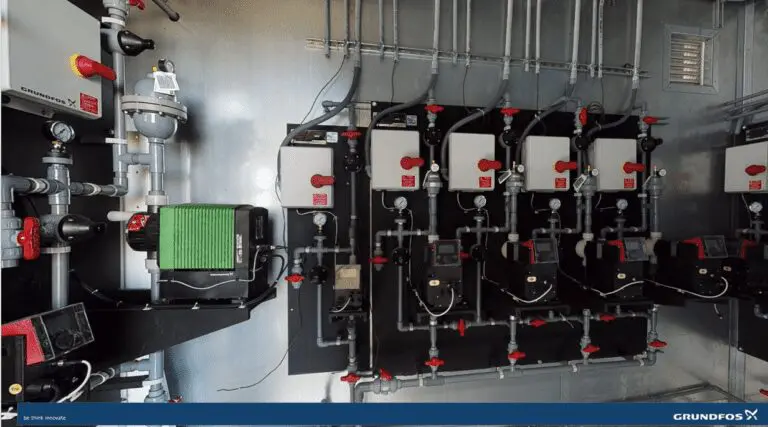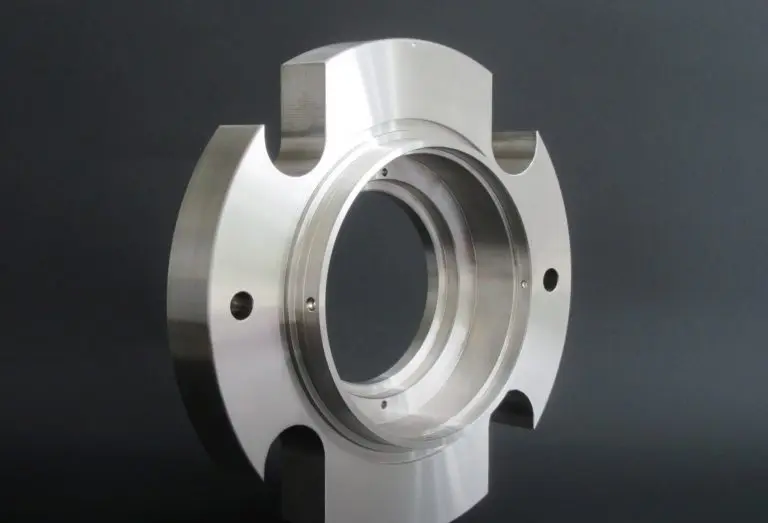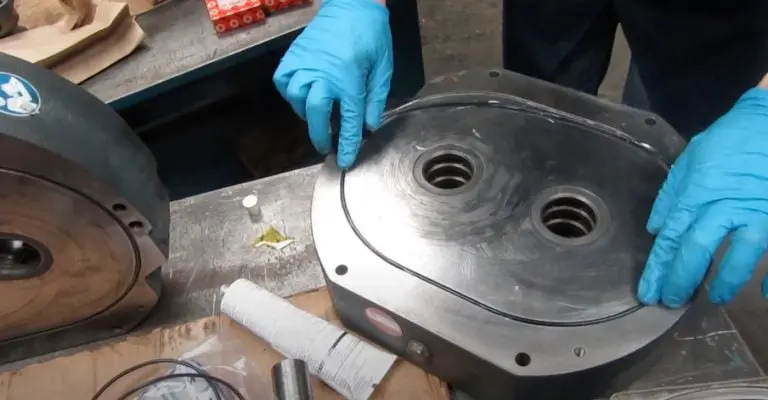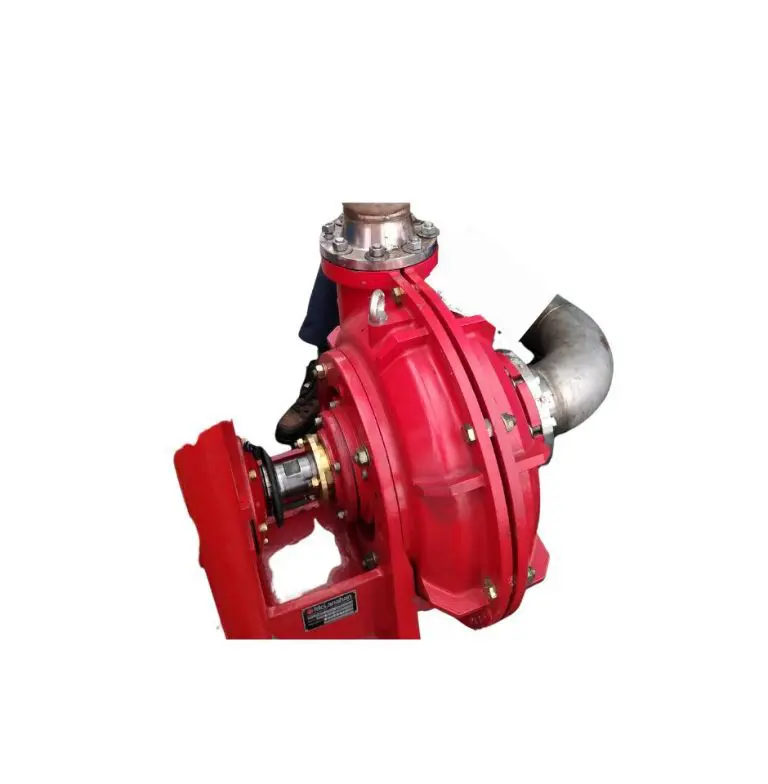How to do preventive maintenance of a Diaphragm Pump ?
Preventive maintenance is crucial to ensure that your diaphragm pump performs optimally and operates efficiently. A well-maintained diaphragm pump not only ensures uninterrupted operations but also helps reduce downtime and repair costs. In this article, we will outline the essential steps to perform preventive maintenance of a diaphragm pump.
Step 1: Read the manufacturer’s manual Before performing any maintenance, it is essential to read the manufacturer’s manual carefully. The manual contains essential information on the pump’s components, their functions, and the recommended maintenance procedures. You should follow the manufacturer’s instructions for maintenance to ensure that the pump operates at optimal performance levels.
Step 2: Inspect the diaphragm and check valves The diaphragm and check valves are critical components of a diaphragm pump. Check for any signs of wear or damage on the diaphragm, such as cracks, tears, or punctures. Check valves ensure that the fluid flows in the correct direction and that the pump operates efficiently. Check for any signs of wear, such as discolouration, distortion, or cracking. If any components are worn or damaged, replace them immediately.
Step 3: Check the pump’s connections Check all the connections, including the suction and discharge lines, fittings, and fasteners. Make sure that they are tightened to the manufacturer’s recommended torque settings. Loose connections can cause leaks, which can lead to pump failure.
Step 4: Lubricate the pump Lubrication is critical to ensure that the pump operates smoothly and efficiently. Check the manufacturer’s manual for the recommended lubricant type and interval for lubrication. Apply the lubricant to the pump’s moving parts, including the diaphragm, piston, and ball bearings.
Step 5: Clean the pump Regular cleaning of the pump helps prevent the accumulation of dirt, debris, and other contaminants that can damage the pump’s components. Clean the pump’s exterior and interior using a soft cloth and a mild detergent. Remove any accumulated debris or dirt from the suction line and strainer.
Step 6: Inspect the air compressor A diaphragm pump’s air compressor powers the pump’s diaphragm, so it is essential to inspect it regularly. Check the compressor’s oil level and replace it as per the manufacturer’s recommendation. Also, check for any signs of wear or damage on the compressor’s components, such as the piston, valve, or head gasket.
Step 7: Test the pump After completing the maintenance tasks, test the pump to ensure that it operates correctly. Check the pump’s suction and discharge rates, the pressure readings, and any unusual noises or vibrations. If the pump’s performance is not up to the mark, recheck the maintenance tasks or consult a professional pump technician.
In conclusion, preventive maintenance is essential to ensure that your diaphragm pump operates efficiently and reliably. Regular inspection, cleaning, lubrication, and testing are essential steps to keep your pump in optimal condition. Following the manufacturer’s recommended maintenance procedures can help extend the life of the pump and prevent costly downtime.

